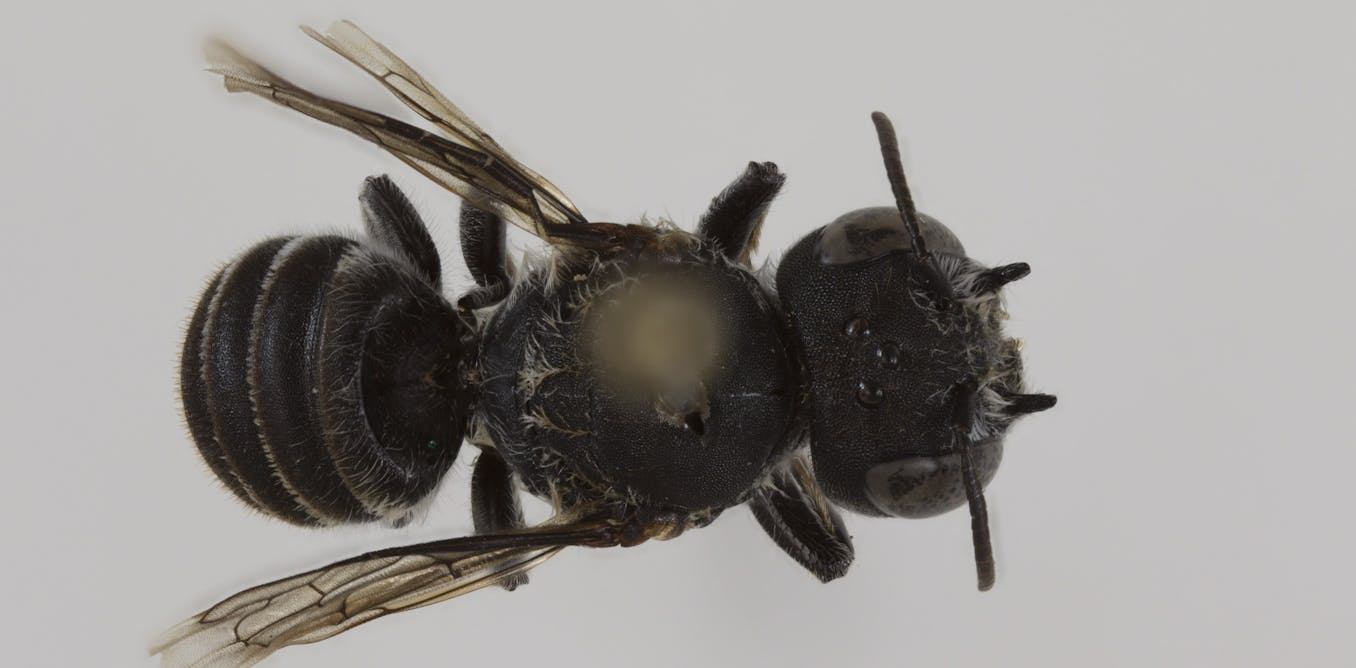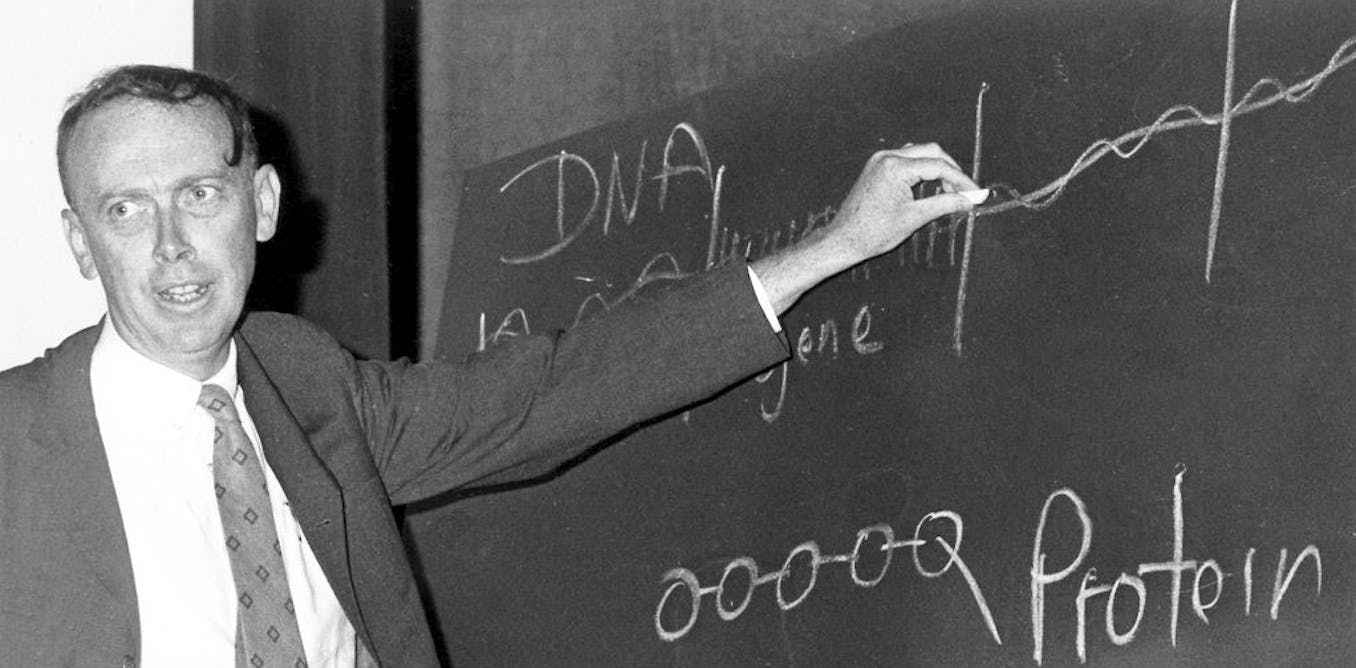If you go to the zoo, you will find a dizzying variety of animals — some familiar and some completely strange. The same is true of researchers trying to study matter’s smallest components. While the proton, neutron, and electron are familiar, the subatomic zoo is inhabited by many entirely unfamiliar particles. In a recent result announced at a conference in Italy by researchers at the Fermi National Accelerator Laboratory, the properties of a ghostly particle called a neutrino are coming into focus.
Neutrino oscillation
Neutrinos are the wraiths of the subatomic world, able to pass through the entire Earth with just a small chance of interacting. They are most commonly produced in nuclear reactions, which means that each of us encounters a steady rain of neutrinos coming from the biggest nuclear reactor: the Sun. Every second, something like 100 billion neutrinos pass through you. That sounds scary, but the neutrino’s low probability of interacting with matter means that during your entire life perhaps only one of them will stop inside your body.
Scientists know of three types of neutrinos, each associated with a “cousin” charged particle, the most familiar of which is called the electron. The other particles, called the muon and tau lepton are essentially unstable and heavy electrons that decay in a fraction of a second. The three different types of neutrinos are called the electron neutrino, muon neutrino, and tau neutrino.
Neutrinos have a unique property in that they can actually transform into one another, meaning an electron neutrino can become a muon neutrino and then a tau neutrino, before turning back into an electron neutrino to start the process all over again. This process is called neutrino oscillation. Hints of this transformational property were seen as early as the 1960s, although it wasn’t until a couple of observations from 1998 to 2001 that scientists were sure that it occurred.
NOνA
Since then, researchers have created beams of neutrinos using particle accelerators to better understand neutrino oscillation. One such experiment using this technique is called NOνA (NUMI Off-Axis ν Appearance, pronounced “nova”). NOνA shoots a beam of muon neutrinos from Fermilab (just west of Chicago) to a waiting detector 500 miles away in Ash River, MN. The NOνA detector detects electron and muon neutrinos. Given that the initial beam is muon neutrinos, if electron neutrinos are detected, this is a measurement of the amount of oscillation that has occurred in the three milliseconds it takes for the neutrinos to make the journey.
While the NOνA collaboration studies a variety of parameters involving neutrino physics, the recent announcement centered on two. The first one involves studies of the masses of the three neutrino types. Perhaps surprisingly, scientists do not know the mass of individual neutrino types. What they do know is the differences in mass between the various neutrino types. Even more technically: They know the difference in the square of the masses of the neutrino types (∆m122=m12-m22).
Researchers have long known that two of the neutrino masses are similar to one another (1 and 2), while the third one (3) has a mass that is significantly different from the other two. However, what isn’t known is whether 1 and 2 are lighter than 3 (normal ordering) or 1 and 2 are heavier than 3 (inverted ordering).
Whether the laws of nature include normal or inverted ordering is of interest to scientists because it will help us decide which of several possible theories describes our universe. For example, many grand unified theories favor normal ordering, while other theories prefer inverted mixing. The NOνA data slightly favors normal ordering by a probability factor of 7:1, though the answer is not definitive.
In addition, NOνA researchers are studying whether matter and antimatter neutrinos oscillate at the same frequency. Although the simplest model of neutrino oscillation suggests that the two should be identical, the theory allows for differences. If matter and antimatter neutrinos oscillate differently, this could be a very important clue — one that could solve one of the biggest mysteries of modern physics.
Einstein’s equation E = mc2 implies that mass can convert into energy and vice versa. However, when energy converts into matter, an equal amount of antimatter must be created. This behavior has been confirmed in countless experiments.
Einstein’s work also led to the theory of the Big Bang, which tells us that the Universe was once smaller, hotter, and filled with energy. As the Universe expanded and cooled, some of that energy should have converted into equal amounts of matter and antimatter. Yet, the Universe we observe is composed solely of matter. This leads to the very important question: Where is the antimatter?
Searching for antimatter
One possible answer to this question relies on a theory called leptogenesis, which says that a small imbalance in the neutrino population of the early Universe accounts for the large matter-antimatter imbalance we see today. Leptogenesis theory relies on there being a difference in the oscillation behavior of matter and antimatter neutrinos.
NOνA data is sensitive to combinations of mass ordering and matter/antimatter oscillation scenarios but is not yet able to disentangle individual components. The researchers have additional data to analyze, and the experiment is expected to run through 2027.
Because the question of why our Universe is dominated by matter is an important one in physics, Fermilab researchers are building an even more powerful experiment to study this behavior. This future experiment called DUNE (Deep Underground Neutrino Experiment) will shoot a beam of neutrinos from Fermilab to a laboratory 800 miles west. The laboratory, called SURF (Sandford Underground Research Facility), is located a mile underground in Lead, South Dakota in an abandoned gold mine. DUNE is a much bigger and more sophisticated experiment than NOνA and is expected to begin operations toward the end of this decade.
This article How neutrinos offer clues to the matter-antimatter puzzle is featured on Big Think.

The post “How neutrinos offer clues to the matter-antimatter puzzle” by Don Lincoln was published on 07/05/2024 by bigthink.com



































